SummaryAirport Rating n/a Reception of locals ***** Cost: ££££ (Pisa) £££ (Parma)
Polarising PisaThe beautiful thing about Florence is that it is incredibly well connected to cities across Italy and you can very quickly find yourself in a northern city like Milan or a southern city like Naples on direct trains. The trains in Italy also have very different price points. The quickest trains are relatively expensive (although seemingly cheaper than the UK), or you can travel on a budget on much slower trains (on average the difference to many of the big cities seems to be about 4x). The trains I travelled on were a mix between modern and slightly more retro, but all were comfortable and some of the newer trains were significantly better than the stock in many other countries with spacious seats and charging points. The city of Pisa is - unsurprisingly - one of the more popular day trips from Florence, located a short 1 hour train ride. Each morning, a horde of tourists make their way into Firenze Santa Maria Novella, the main train station in Florence, and board the same train to Pisa. Most of the reviews I heard about Pisa before visiting were along similar lines - there is only one real thing to see, and the rest is pretty much forgettable. I'm not sure how true that is, but I can see why people think that. Pisa itself has a long and storied history. A pre-Roman settlement, Pisa was one of the most important and prosperous trading cities on the Italian peninsula for many centuries, capable of projecting its power across the Mediterranean. Its reputation as a key trading post bought in significant riches, but a couple of disastrous wars against Genoa began a long period of decline. Today it is a relatively small city based largely on tourism, although it does boast one of the oldest universities in the world, and its own international airport. I didn't fly into the airport, I caught a near 1 hour train from Florence for less than €20. The train station in Pisa is relatively small, and it's pretty much a straight 20 minute walk to the main tourist area. It's hard to get lost because almost everyone is walking the same way. You can see glimpses of beauty, especially crossing the River Arno, but for many people a visit to Pisa doesn't include looking at any of the 12 historic churches, or one of the many museums, but its straight to the Leaning Tower of Pisa. While it is a bit of a shame, I do understand why it's the case. The rest of Pisa doesn't seem quite as easy to navigate as the other Italian cities I've visited. Much of it is residential, while the port of Pisa is a decent walk from the main tourist area. And given the fact many tourists here are slightly older and on cultural excursions, the prices in the local restaurants are hiked considerably. It's not a cheap place to get hungry! The Leaning TowerPisa is most famous for its Leaning Tower, located in the Piazza del Duomo (also known as Piazza del Miracoli - or the square of miracles), and it's one of those attractions that really does live up to the hype. If the feedback of my friends is that Pisa only has one thing to see - it's a good job it's a spectacular thing. The Leaning Tower is on the Piazza del Duomo, a beautiful square with a cathedral, bell tower and baptistery (like many other Italian cities). The architecture is stunning, the brilliant white of the buildings contrasting against the bright green of lawned grass. The whole square is a UNESCO World Heritage Site, and I'll be honest, it is a pretty special place. After all, this place isn't only the centre of a once powerful trading city, but also where Galileo conducted important experiments and where many artists, sculptors and engineers came together to construct a stunning set of buildings. But the bell tower is the most famous part of the site. Walking into the square you can instantly see the near four degree lean of the tower which puts it considerably off centre. Honestly, I knew the tower would lean, but I wasn't prepared for the extent of the lean. In fact, from some angles I really wondered how it was still standing. So, why is it so bent? Well, when construction for the tower started in 1173, a very shallow foundation started to sink as soon as the tower reached the second floor. Had the tower been completed quickly, it almost certainly would not have survived, but large breaks in construction caused by wars and financial difficulties meant the foundation set with the tower leaning slightly. When it was finally completed nearly two centuries later, there was already a lean, although it worsened considerably centuries later with botched jobs trying to stabilise the tower. Finally, in 1993, the lean of the tower was slightly reduced and the tower as a whole was stabilised with counterweights which means that the tower should stay standing for at least a couple hundred more years. It costs €18 to climb the tower and I'd recommend doing it. You can buy tickets from within the Piazza itself and there is also a place to keep your luggage. You climb in groups and it's a relatively short climb of 296 steps - although it's important to note that there are two levels near the top - some people made it to the first level and didn't climb any further. You can feel the lean of the tower when you are climbing, the narrowing stairs pushing you to one side, but you can really see the difference at the top. It's a pretty strange feeling standing on the open air roof as you can see and feel the floor declining to one side. It doesn't feel very safe, but it's a great place to just sit down and watch the incredible view over the city. The dome of the neighbouring cathedral in brilliant white is particularly impressive from this view and I could happily have spent an hour just sitting there and watching the world below go by. I didn't go inside the cathedral as those tickets were separate, and having seen cathedrals in Florence and Parma (which you can read below), I was almost getting cathedral fatigue. I spent that time, instead, sitting on the grass and watching the hundreds of tourists trying to get their perfect picture pushing back against the tower. If you ever want to see people looking very strange, look no further than hundreds of people from all over the world pushing against thin air in Pisa. Now, remember I said there are many price points for trains in Italy? Well, I was in a rush to get a connecting train to Rome, so I paid a little extra for a 1 hour train (the difference was literally only about €5 for this trip). However, getting to the train station I noticed two trains going to the same destination and leaving at the exact same time. Having literally seconds before the train doors closed, I took a gamble and jumped on a train. ....The wrong train. I then spent 4 hours on a very, very slow train rebooking my connecting train. Not a great outcome, but a valuable lesson learned. Perfect ParmaMy favourite day trip was a short two hour train ride to Parma, a mid-sized city in the neighbouring Emilia-Romagna region. The train from Florence cost €60 and on the way there stopped at Bologna (the largest city in Emilia-Romagna) while on the way back the train was direct (and thankfully I caught the right one this time). The city is famous for its food (it's home of parmesan cheese, and Parma ham) as well as its dairy and farming industry. This latter point is an important one because it's a big reason why it attracts immigrants from around the world, but particularly Panjab, leading to a vibrant Panjabi population (the BBC did an excellent write-up on Sikh farmers in Parma and the neighbouring Po Valley that you can read here). Parma has a fascinating history spanning at least 3000 years and possibly longer. It was an important city for the Etruscans and formed an important strategic settlement for the Romans. Following the collapse of the Roman Empire it was at times under Germanic control, at times under French control, part of both the Byzantine Empire and the Papal States, until ultimately it was absorbed into modern day Italy. Importantly, for some of its history it was a Duchy that exercised considerable influence in its local region, and at times further afield. This rich history means that Parma is home to several important institutions and landmarks. The University of Parma is one of the oldest in the country, being established in 1601, while the cathedral is almost a thousand years old. The city itself feels lively while not having the same crowds as nearby Florence. There are tourists here, but unlike Florence, they don't make up a majority. The city is also relatively flat which makes it very walkable, and cycles seem to be a popular way of getting around. In fact, pulling into Parma train station the first thing I did was rent a cycle for a day for €12 and it meant that I could travel around the city and go out into the countryside without any problems. If you visit Parma, I'd definitely recommend hiring one. The city is centred around the Piazza Garibaldi, a square designed during the medieval period that is now a hub for Parma's tourists and locals alike. It was a short 10 minute bike ride from the train station, and very easy to reach. Compared to the main square in Florence, this just felt quieter, more open and it actually felt nice to just sit and people watch for a short while, without feeling overwhelmed by the crowds, or being rushed along by waiters ready for the next table. On each side of the square are the main shopping streets, and the shops alternate between the affordable and useful, to the extravagant and expensive. But there are certainly no shortage of shops here. Small alleyways radiate out from the main street and continue in each direction, framed by beautiful buildings containing both boutique and chain stores. Every now and then I'd turn a street and be greeted by one of Parma's many historic churches, like the shrine of Santa Maria della Steccata and the San Giovanni Evangelista. However, the crown jewel of the city is without a doubt the Parma Cathedral. Colourful CathedralThe Cattedrale di Santa Maria Assunta (known in English simply as Parma Cathedral) is a 12th century Romanesque cathedral that dominates the skyline of the city. Construction began in 1059, and while it has a very large footprint, its exterior isn't as beautiful or captivating as many of the other cathedrals that I have visited, although the bell tower in particularly stands out. What the cathedral lacks on the exterior, it more than makes up with the interior - I promise you, I have been lucky enough to visit cathedrals all over the world, and the decor on the inside matches almost every other cathedral. In most cathedrals the interior of the dome is decorated with paintings, in some cathedrals the ceilings are also painted. In Parma Cathedral, every wall and pillar is also painted. It's an absolute attack on your visual sense but incredible to see. Almost every square centimetre has something interesting to see. Most of the paintings and mosaics in the cathedral date back to the first half of the last millennium. My favourite was the decoration of the dome which uses an illusionistic technique pioneered by Antonio da Correggio which uses layering to create an illusion of figures being nearer or further away depending on the part of the dome that you're looking at. Interestingly, the Baptistery of Parma was the polar opposite of the cathedral, and I even had to pay €12 to enter. The octagonal facade made of bright pink Verona marble is pretty memorable, standing out against the slightly sandier coloured cathedral and bell tower. However, inside the baptistery - while still incredibly beautiful - is not quite as intense as the glittering gold of the baptistery in Florence. Both the baptistery and the cathedral were incredibly quiet, in fact, in the baptistery there was no-one else during my visit, and this makes it easier to study the paintings and sculptures a little more. On the other side of the square is a small museum included in the entry ticket to the baptistery. The Museo Diocesano is a small underground room that charts the growth of Christianity in Parma. It really is a small museum, and while some of the artefacts are quite impressive, you could easily skip this and not miss out on much. Stepping outside the cityWhile the city centre has phenomenal architecture, history, food and some impressive landmarks, the surrounding area is also worth a visit. A short 5 minute bike road from the core of the city centre is the Ennio Tardini Stadium, home of Parma Calcio - an Italian team that I have had a little soft spot for since my childhood. Some of my earliest memories involve me waking up in the late 90s every Saturday and Sunday to watch either Gazetta or Football Italia - a cultural phenomenon of its time. Reflecting the peak of Italian football, the shows would be broadcast from different footballing cities in Italy, and on more than one occasion the charismatic presenter, James Richardson, would be sitting at the Piazza Garibaldi reading through the latest Italian football news (and yes, I recreated some photos in that same square). Parma Calcio at that time were a European powerhouse, and their stylish play combined by their perennial underdog status meant that they quickly became my Italian team of choice. Since then, the team has gone through relegations and even liquidations, but each time the team has bounced back. I took the opportunity to visit their stadium - one of the oldest in Italy - to see in person a team I grew up watching. While there were no games on, I really enjoyed stepping into the small club shop and taking a little look around the stadium. It doesn't compare in any way to many of the stadia I've visited around Europe, but it satisfied an urge I'd had for a couple of decades. Gurdwaras in ParmaThe cycles really came in handy when visiting the Gurdwaras in Parma - one of which is a short distance from the city centre, and the other a little further. Gurdwara Singh Sabha was a short 10-15 minute bike ride from the city centre, although I had to traverse some pretty tricky junctions, roundabouts and what I think was a motorway. While the city itself is very bike friendly, as soon as you get outside, it is long narrow roads, with large lorries rolling past regularly, while the heat of the countryside combines with exhaust fumes to make a pretty horrible atmosphere. That being said, it was a cheap way of exploring outside the city centre and seeing Gurdwara Singh Sabha, located in what seemed to be an industrial estate. The footprint of the Gurdwara is surprisingly big, and it seemed to be going through significant redevelopment during my visit. Parts of the exterior looked like a warehouse, while other parts looked more like the marble Gurdwareh you see in Panjab. Inside, a very quiet langar hall led to a decent sized Darbar Sahib upstairs which also had significant work going on. In fact, during my visit the Takht Sahib was being refurbished and so Guru Ji was on a temporary throne. I'd love to visit and see the development of the Gurdwara once it is finished, it was very hard to judge how it might look when it is finished, but it certainly has the footprint to become a real centrepiece for the community. A longer bike ride (about 25 minutes) was Darbar Sri Guru Granth Sahib Ji. This Gurdwara is very much in the countryside, closer to the village of San Prospero - but it is well worth the bike ride. You can see the large Gurdwara building from the main highway, surrounded by fields, the large white Gurdwara stands out strongly and it felt like I was in Panjab. The first thing that struck me was the sheer size of the Gurdwara, it's much larger than I imagined - not only is the building itself big, but the land attached to it is also quite significant. The Gurdwara is relatively new and speaking to the local sangat I understood that the Gurdwara was built by Sant Baba Baldev Singh Bulandpuri, who interestingly also has a Gurdwara in Walsall, UK - not far from where I live (coincidentally, he was in Walsall during my visit to Parma). The sangat gave me a short history on Baba Ji and the work he has done globally to spread the message of Sikhi. Inside, the Gurdwara has one of the most impressive yet simple Darbar Sahibs that I have ever seen, high ceiling and colourful drapes provide an incredible setting for Guru Granth Sahib, and it felt incredibly peaceful as a member of the sangat nearby was meditating while the Granthi Singh was reading Rehraas Sahib. Perhaps it was the peace after a long bike ride, the cool shade after a hot day, the beautiful setting, or just the words of the Shabad Guru - but it's a moment that will stay with me for a while. Would I recommend Pisa & ParmaParma, without a shadow of a doubt. Not only was it a fun day out, but I preferred it to Florence, and when I make a list of my favourite cities, it'll be right up there. It has pretty much everything - good food, great architecture, diverse shopping, a fascinating history and a fair few museums, palaces, churches and cathedrals. It's very easy to get around either walking or cycling, and every street in the city centre seems like it is taken from a postcard. The people are friendly, and prices are reasonable. It feels like quite a liveable city and thoughts like that come very rarely to me when I visit cities. It definitely made a strong impression on me, and I'd love to go back someday for a longer visit. Pisa is polarising. It has one key attraction - but that attraction is definitely worth visiting. The Leaning Tower of Pisa and surrounding Piazza del Duomo will leave your jaws on the floor, but things are quite expensive, especially in that surrounding area. Tourists stream in their droves from the train station to the Piazza and then back again, and I do feel quite sorry for the city. It would be hard not to recommend it just for the Leaning Tower, but it paled in comparison to Parma. Comments are closed.
|
AuthorBritish Sikh, born in the Midlands, based in London, travelling the world seeing new cultures. Categories
All
|
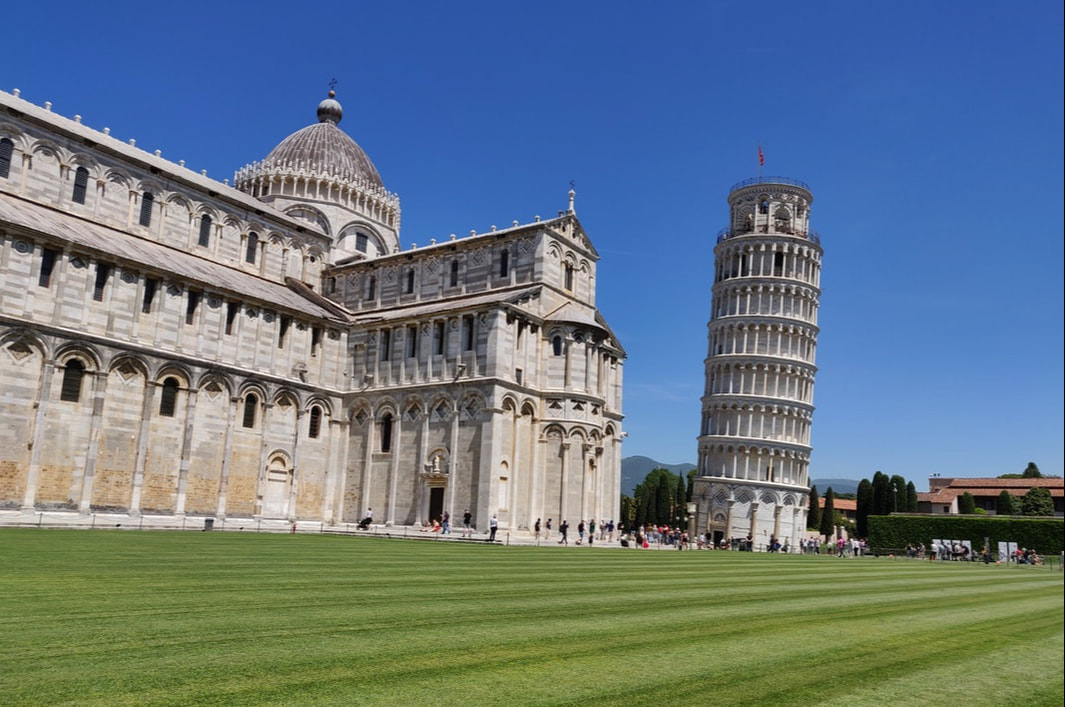
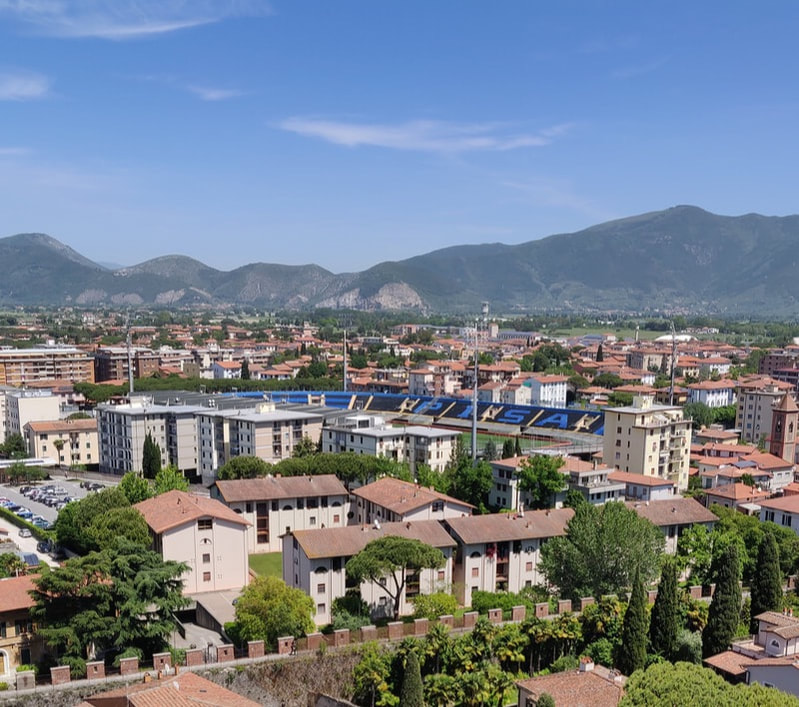
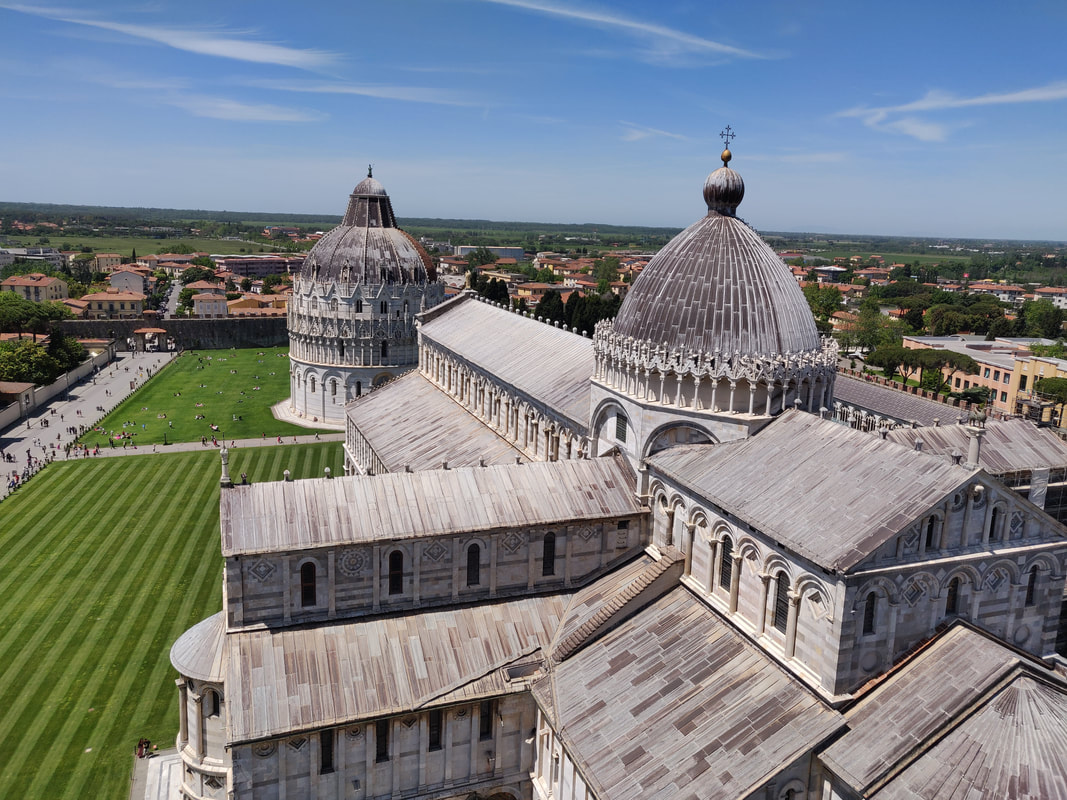
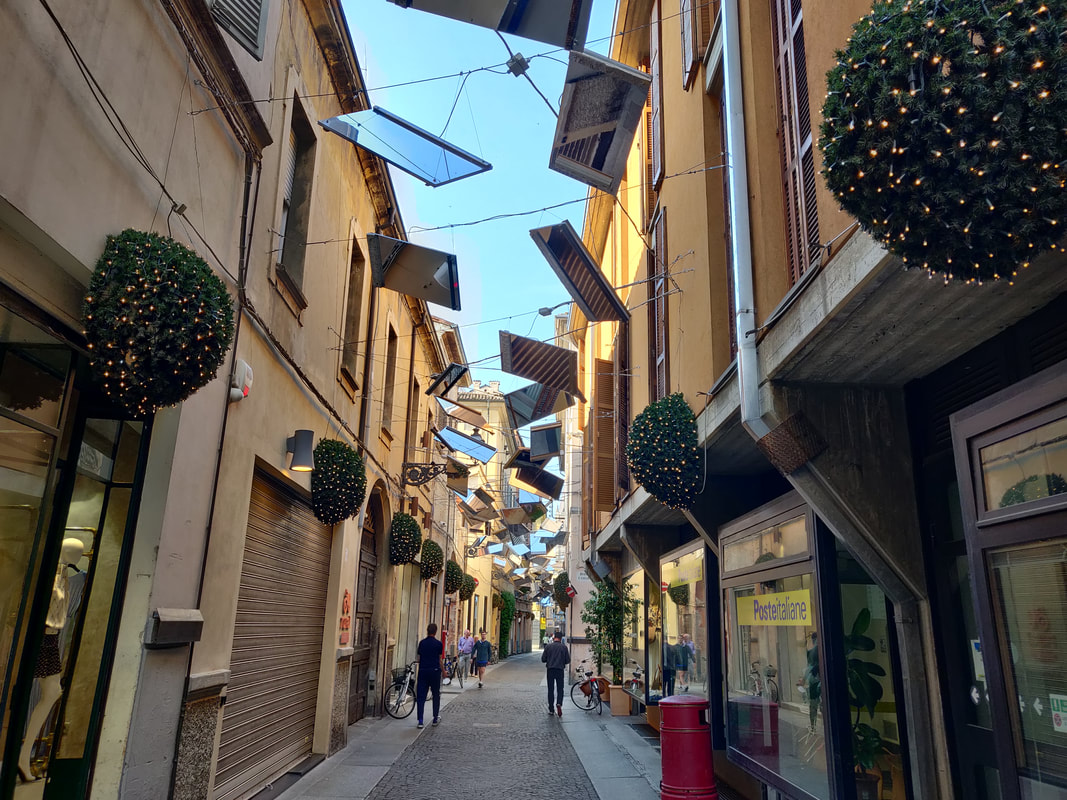
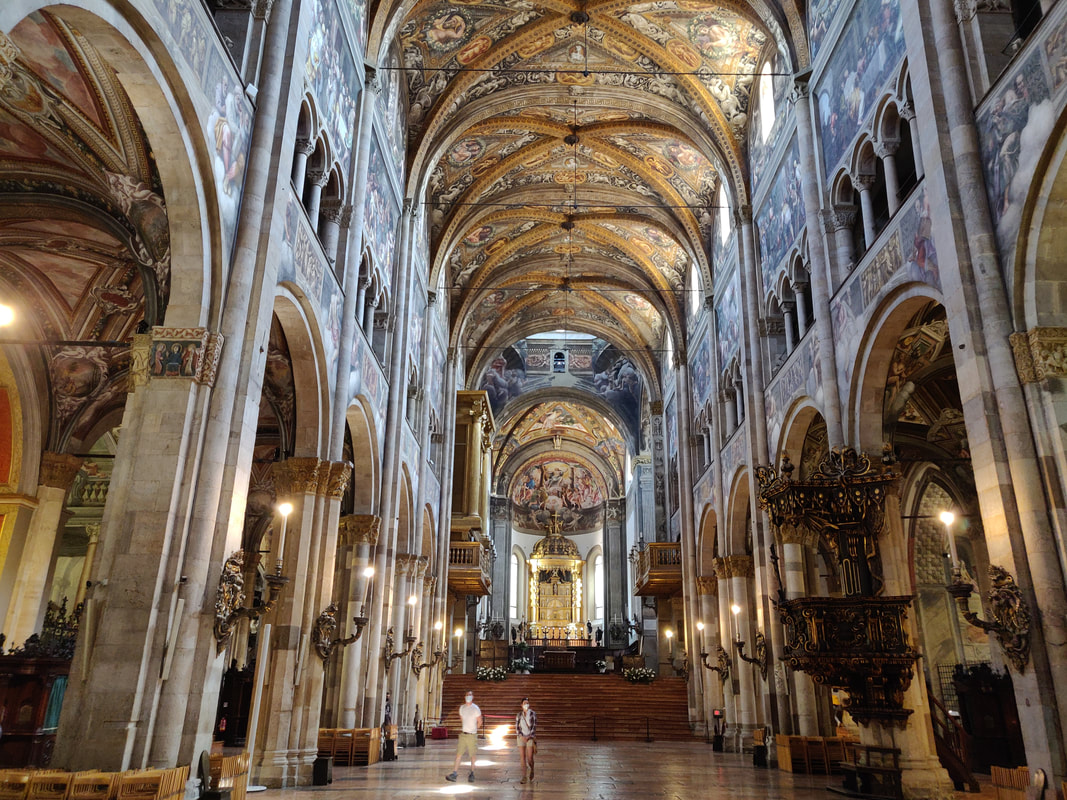
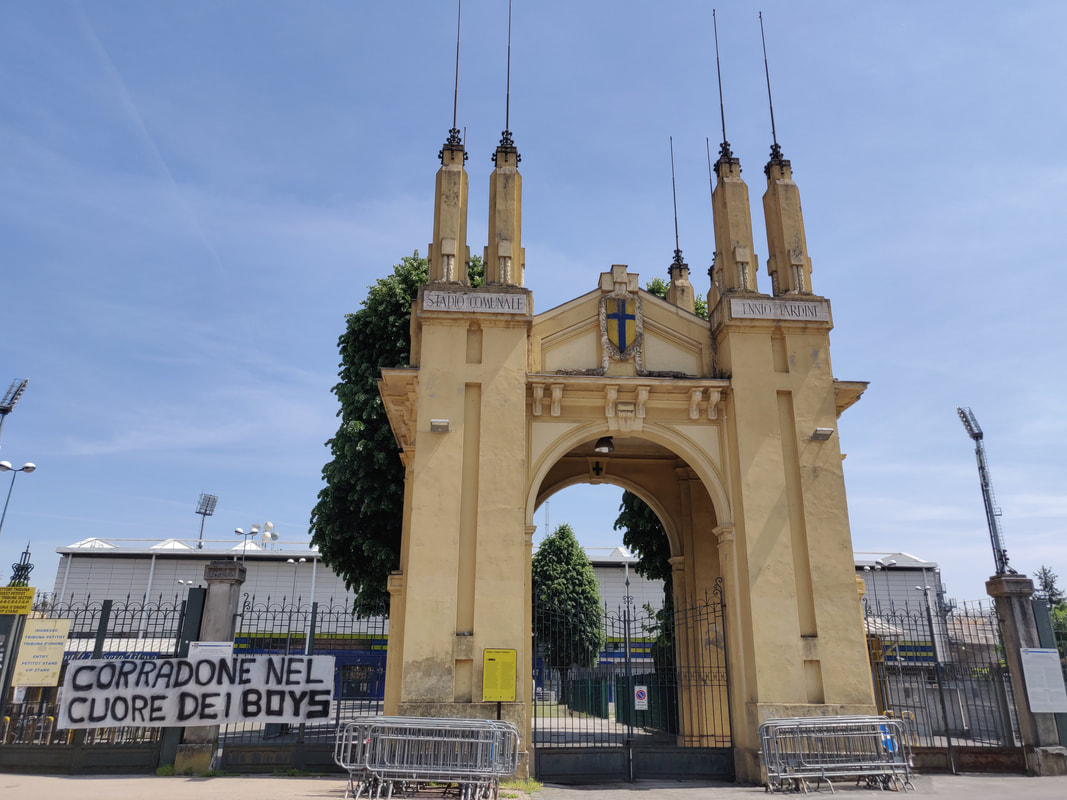
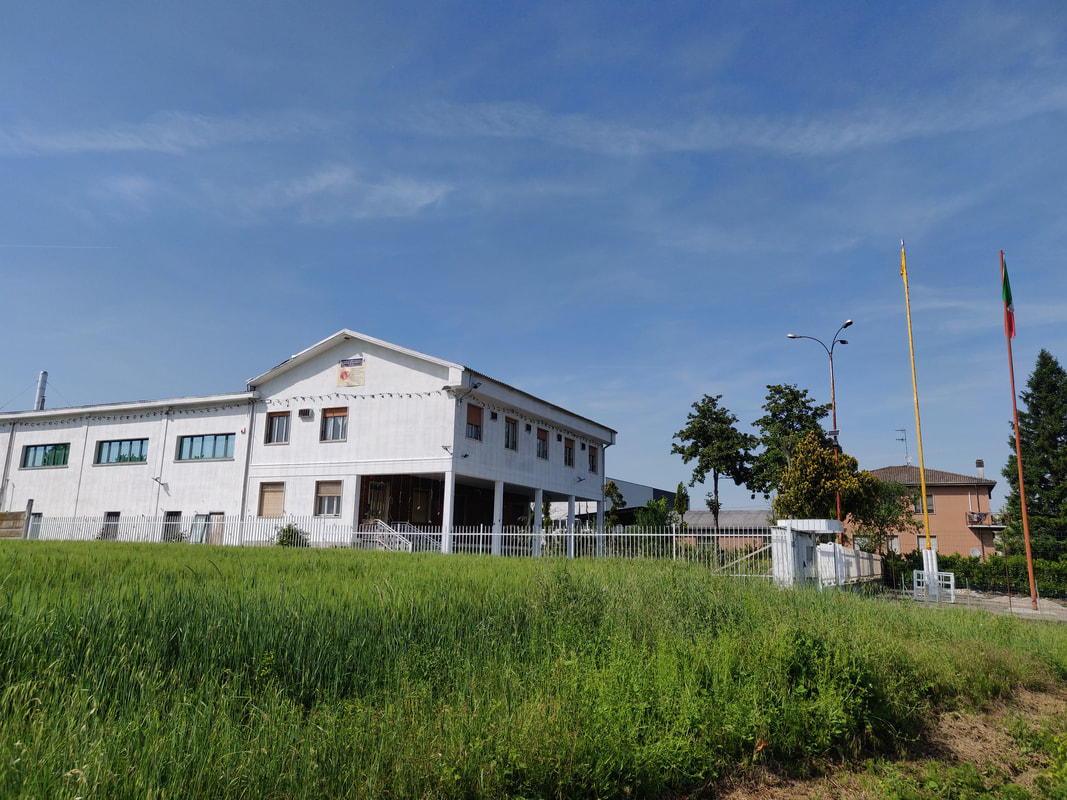
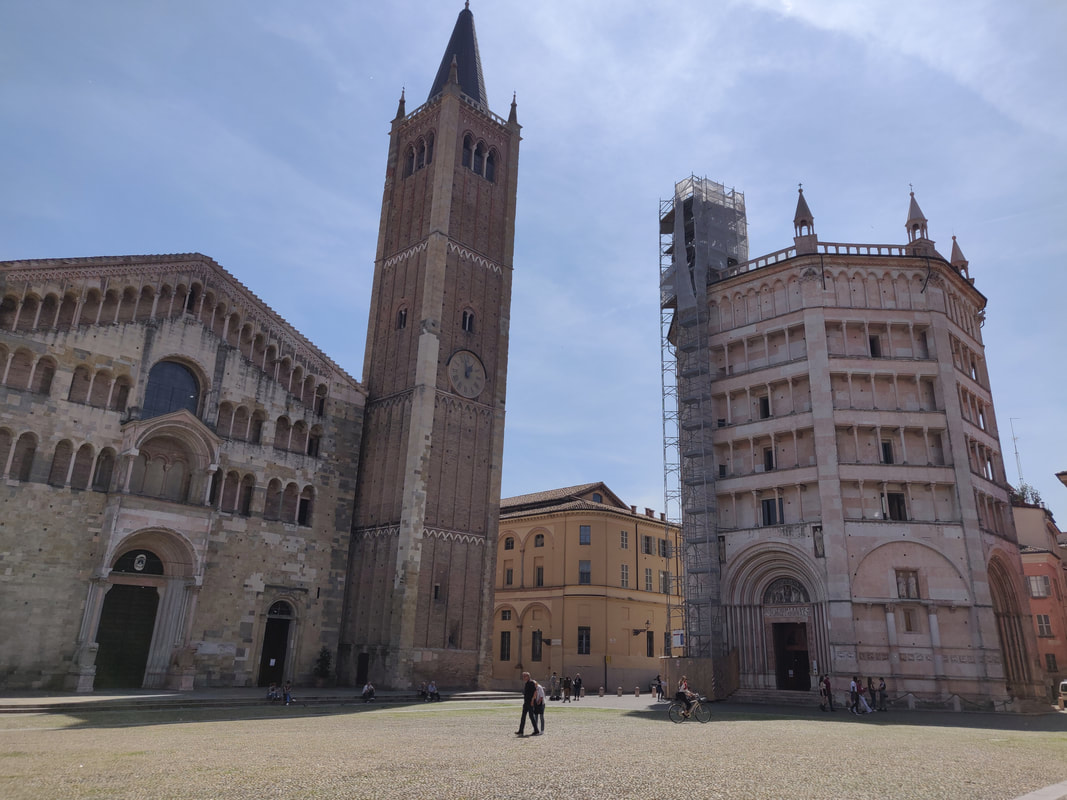
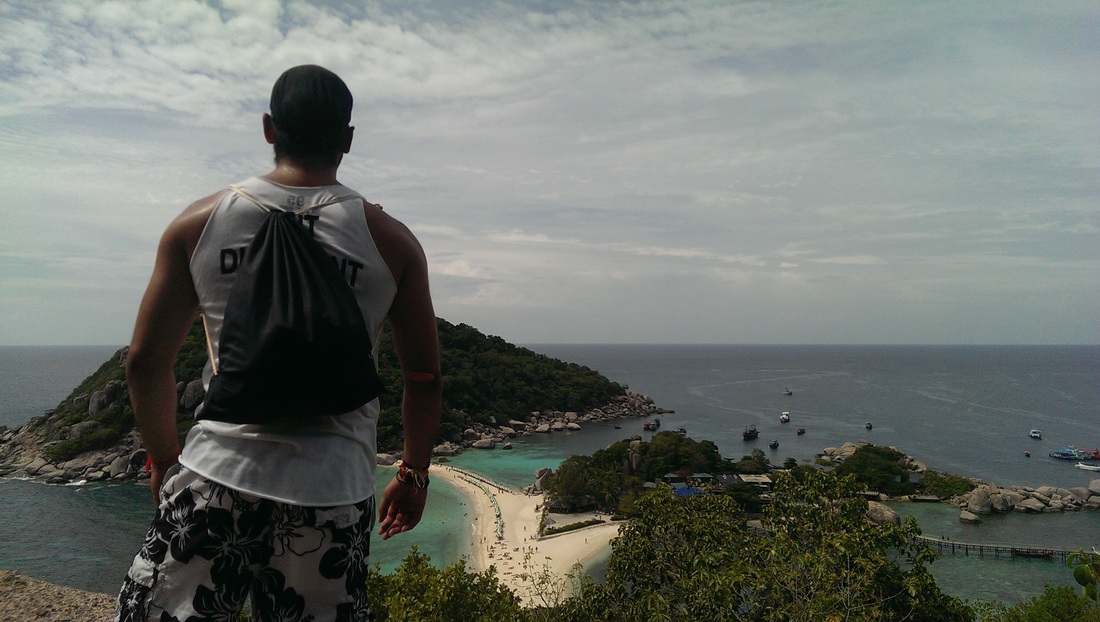
 RSS Feed
RSS Feed